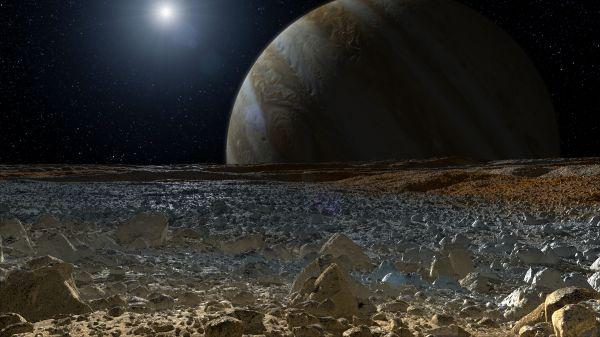NASA Promotes Unfunded Partnerships
NASA is requesting information from U.S. companies interested in pursuing unfunded partnerships to develop integrated systems that will advance the development of commercial space products and services for human space exploration and operations. NASA officials describe the effort as a win-win-win for industry, NASA and the nation.
NASA’s Human Exploration and Operations Mission Directorate launched the initiative, which is known as Collaborations for Commercial Capabilities. It provides opportunities for companies and non-profit organizations to access NASA’s spaceflight experience and expertise for mutually beneficial space exploration. The partnerships are designed to help companies accelerate development efforts. “I see this as benefitting all parties,” says Philip McAlister, NASA commercial space flight director. “These companies can certainly benefit from NASA’s experience. NASA is going to benefit because we get to see these innovative ideas and get to have a little better insight into what’s going on in the commercial industry so that we factor that into our deep space exploration plans.”
The benefits, however, could go beyond NASA and the companies involved. “The nation is going to benefit because we’ll see that NASA’s work is being reused for the benefit of the taxpayer multiple times. Hopefully, it will benefit our economy as well as our technological and industrial base,” McAlister adds.
Although the initial partnerships will not involve monetary contracts, companies will receive guidance and five decades of lessons learned from NASA and could eventually find the agency to be a customer. “NASA could potentially buy the services that become available that way,” McAlister states.
The systems must benefit human space exploration and operations, but other than that, the agency places no limits on the types of ideas companies can propose. “We didn’t want to constrain it to any particular technical area,” he reports.
While NASA has signed similar, no-exchange-of-funds agreements before, this marks the first time the agency has engaged in a broad push to educate industry on the availability of such partnerships. “NASA has always been open to these kinds of agreements, but we’ve found that a lot of companies, particularly emerging companies, don’t always know that this kind of opportunity is available. If they do, sometimes they don’t always know how to approach NASA to get one of these agreements,” McAlister explains. “It’s an additional opportunity. Companies could always approach NASA and propose this kind of thing but we wanted to do it comprehensively across the board and make sure that everybody has the same shot at getting a proposal.”
Companies interested needed to respond with a simple one-page letter of interest by Thursday, August 8. If the response is sufficient, NASA will follow up in the coming months with an announcement for proposals and then contract awards by year’s end. Companies who missed the deadline for statements of interest can still participate. “Even if they don’t respond to the synopsis, they can still respond to the announcement for proposals. The synopsis is really just to gauge interest, but it doesn’t commit them one way or the other. If they respond to the synopsis, they don’t have to put in a proposal, and if they don’t respond, they can submit a proposal,” McAlister reveals.





Comments